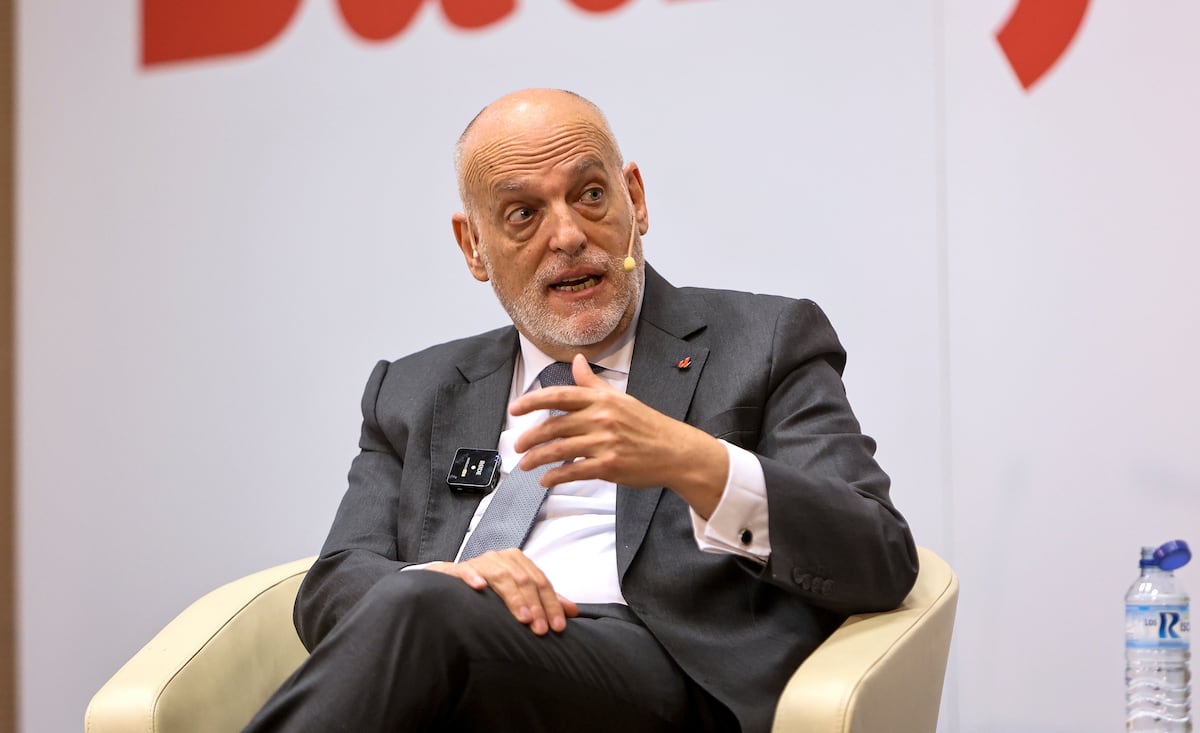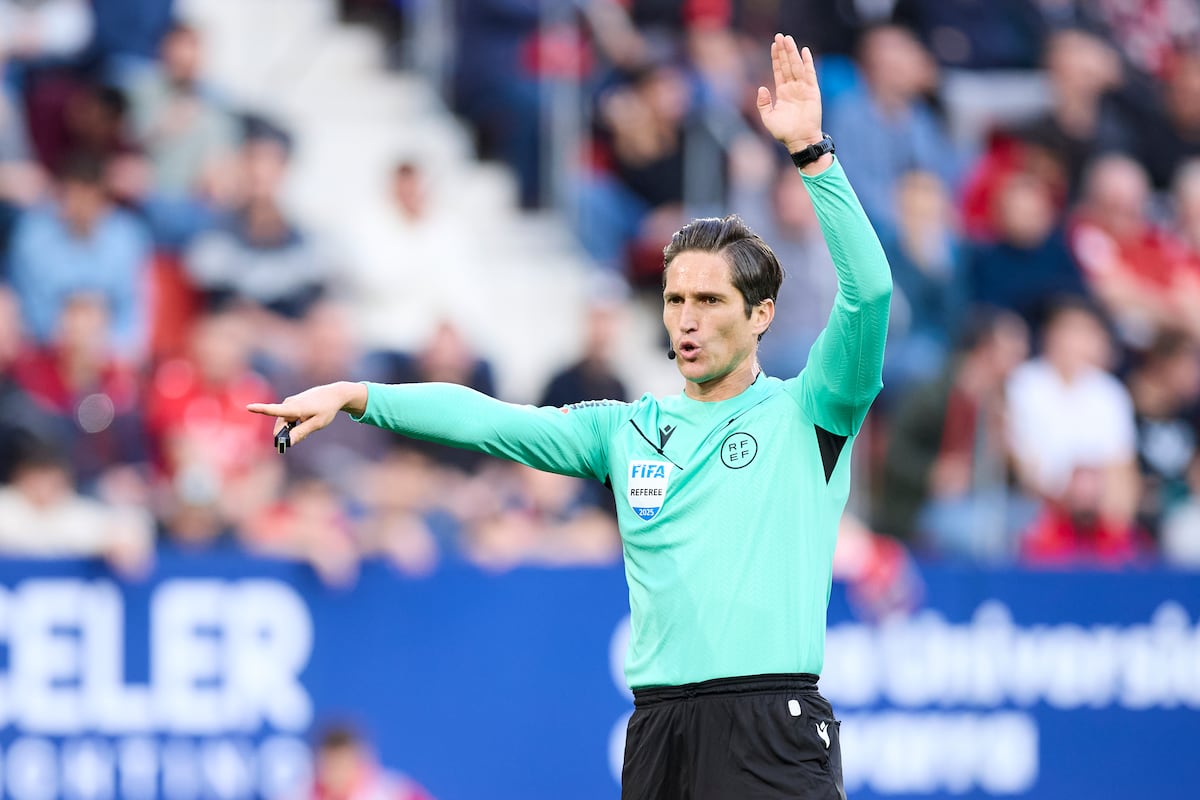Cruise has been left without an operating permit in San Francisco. The California Department of Motor Vehicles (DVM), the state’s highest transportation authority, has withdrawn the authorization of the self-driving taxi company after accusing it of hiding information after traffic incidents. Cruise has been in the spotlight for weeks, fueling doubts about his road safety, especially since one of his units ran over a woman in the center of the Californian city, causing her serious injuries.
In accordance with Vice, the first media to report Cruise’s suspension, that incident that occurred on the night of October 2 is responsible for the company’s punishment. The accident occurred at the intersection of Cinco and Market, a very busy area of the city. A pedestrian crossed the zebra crossing and was hit by a green manned vehicle. According to the company’s story, this blow threw the woman in the same direction as the trajectory of the taxi, which was empty. The autonomous car braked aggressively to minimize the impact, but the woman was trapped under the rear axle of the vehicle.
The DVM assures that Cruise representatives did not initially show all the material recorded by the various cameras of the robotaxi. According to transportation regulators, the first images shared by Cruise only showed how the vehicle braked after hitting the woman. The department, however, obtained additional material from another federal agency. In this new recording, the authorities saw that the taxi, after the impact, made a maneuver to park. “This indicates that Cruise cars may not have the ability to respond after incidents involving pedestrians,” the DVM says.
Cruise, however, disputes the California authorities’ version. On social media, the company says its staff “proactively” showed all information to the state department, as well as other federal and local agencies. “We were in constant contact with regulators to resolve all their questions and assist police in identifying the car that hit the woman and fled,” the statement said. Cruise, however, indicates that they are analyzing the autonomous car’s response to this “extremely rare event.”
The one on October 2 was not the only incident involving a Cruise taxi. The company was forced to reduce the number of units in operation after a pair of incidents in August. San Francisco authorities reduced to 50 vehicles, from 100, the maximum number of units that could operate during the day. The number of night taxis increased from 300 to 150.
One of the taxis collided on August 17 with a fire truck that was heading to respond to an emergency. The company explained that the autonomous vehicle did not detect the rescue vehicle in time, which was traveling in the opposite direction to jump the red light. A couple of buildings blocked the view of the unit’s cameras. The other incident occurred that same Thursday night after a car with a driver ran a traffic light and hit a Cruise without passengers.
In August, this company and its closest competitor, Waymo, received approval from regulators to offer the service 24 hours a day. The permit removed limits on the number of cars that could be deployed on the streets or the mileage that taxis could record. Cruise’s 300 vehicles were just a fraction compared to Uber and Lyft’s more than 10,000 units in San Francisco. Now Cruise discontinues its service. At the moment, it is not known how long the punishment will last.
You can follow EL PAÍS Technology in Facebook and x or sign up here to receive our weekly newsletter.









